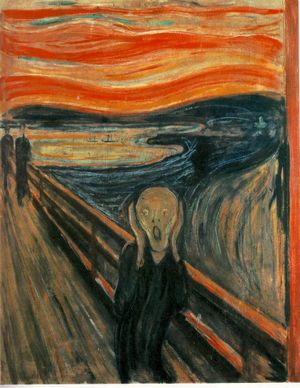 Being that we can’t go back in time to study previous climate patterns, Prof. Zerefos of the National Observatory of Athens has begun a study of old master pieces to learn more about global weather patterns.
Being that we can’t go back in time to study previous climate patterns, Prof. Zerefos of the National Observatory of Athens has begun a study of old master pieces to learn more about global weather patterns.
Using impressionist pieces created mostly in the 19th century, scientists are focusing on the differences between the usage of red and green hues to create hypothesis of how much pollution was in the skies specially after the eruption of large volcanoes. The redder the sunsets, the more pollution was in the air.
Impressionist artists of the time did a great job of capturing real scenes to the extent that scientist have been able to see patters between the art and periods of high pollution after major volcanic eruptions. Such is the case when various artists created richer sunsets for three consecutive years after the eruptions of Tambora in 1815, Bubuyan (Philippines) in 1831, Consiguina (Nicaragua) in 1835, and Krakatoa in 1881. Some of the artists being used include J.M.W. Turner, Rubens, Rembrandt, Gainsborough, and Hogarth. Edvard Munch‘s red skies in The Scream are thought to be the effect of Krakatoa as seen from Norway.
The scientists involved in this project are already looking into extending their research to include paintings from the 20th century.
You can read more about this from an article in the Guardian, or more specifically about the impact of major volcanic eruptions and their effects world-wide in Simon Winchester’s Krakatoa: The Day the World Exploded, August 27, 1883.
Image info. here.